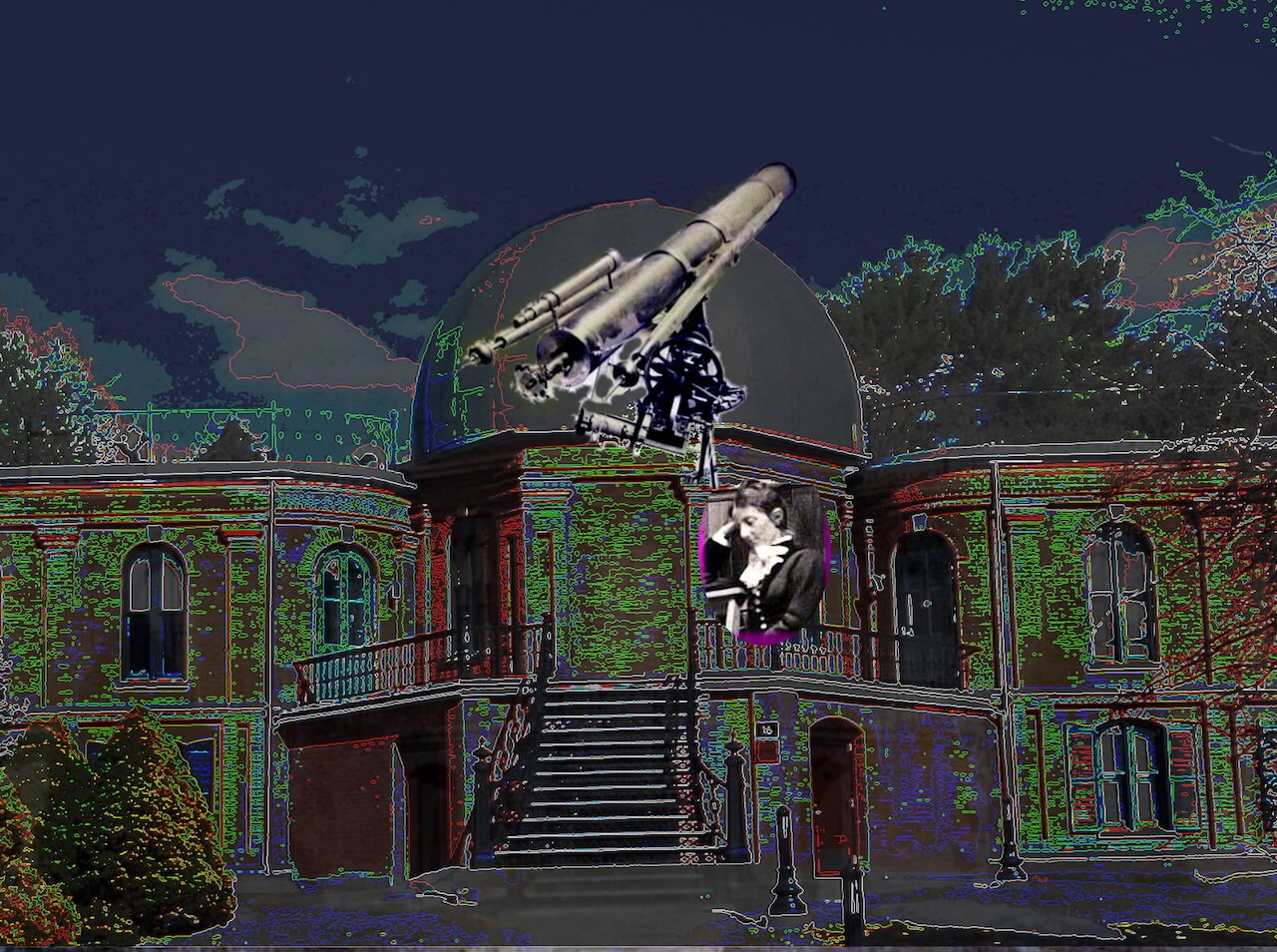
Baton Star
On September 11, 1847, American astronomer Mary Watson Whitney was born. She excelled in mathematics and nature studies. Whitney was one of Vassar’s first students in the college’s opening year and one of its first students in its new department of astronomy. In a day when there was no further education for women past high school, she welcomed the challenge to prove women successful in this landmark opportunity. After graduation, and independently, Whitney embraced every opportunity to improve both knowledge and skills. Lectures on orientation and rotation of objects in 3-dimensions at Harvard. Research at Dearborn Observatory. Advanced mathematics and celestial mechanics in Zurich.
When Vassar’s first astronomy Chair asked her former student to take her place, Whitney accepted the baton. Whitney encouraged research and publication. Her courses concentrated on specific phenomena such as double stars, comets, and asteroids. Her students interpreted precise microscopic measurements of photographic plates in a collaboration with Columbia University. Her course on variable stars was the first in the country.

Whitney used the connections she had made in her independent study years to help her students gain employment within the astronomy field. She used her 26 years as department Chair to advance astronomy, to create employment opportunities for women in Science, to strengthen and to assure the future of advanced education for women.
B Bondar / Real World Content Advantage